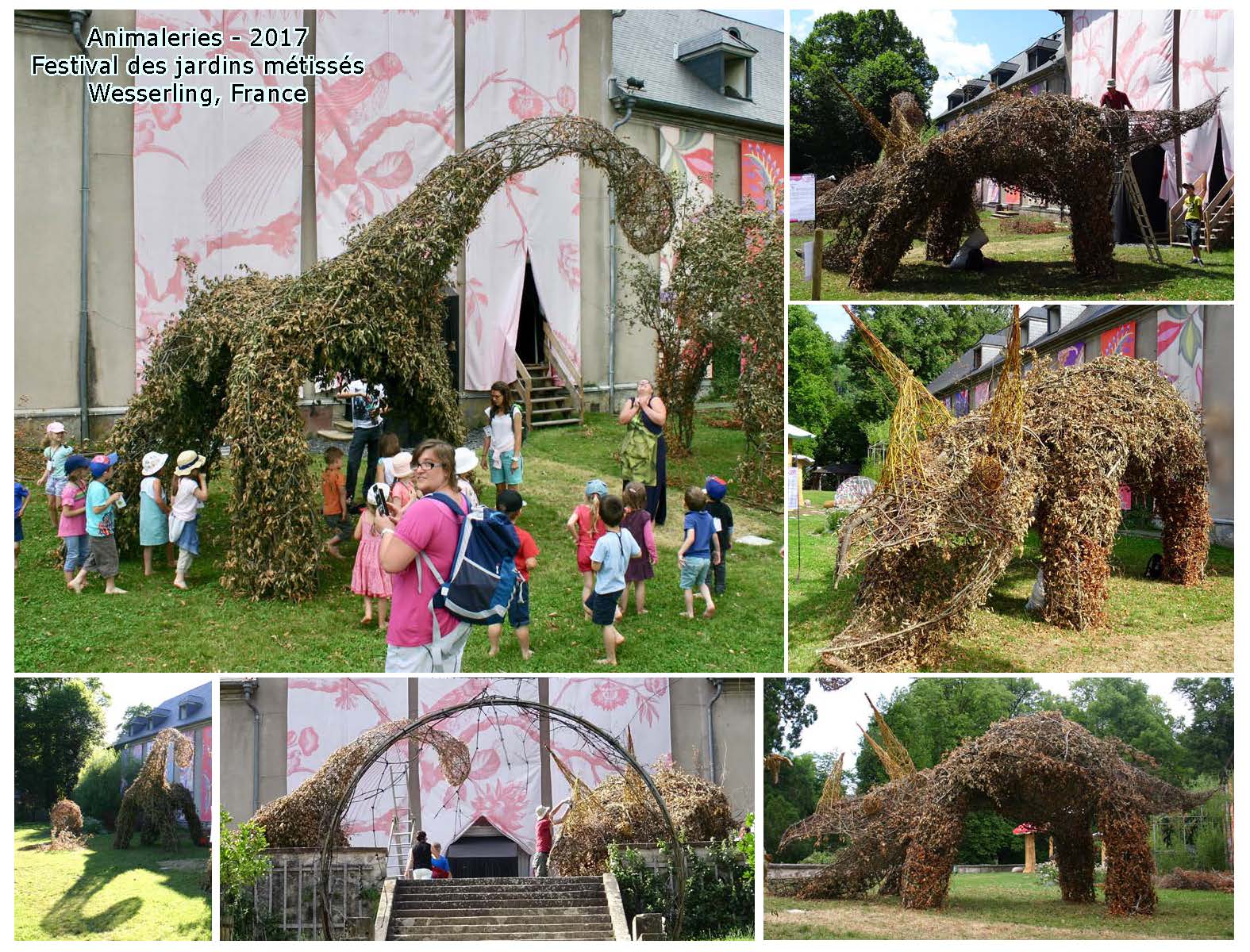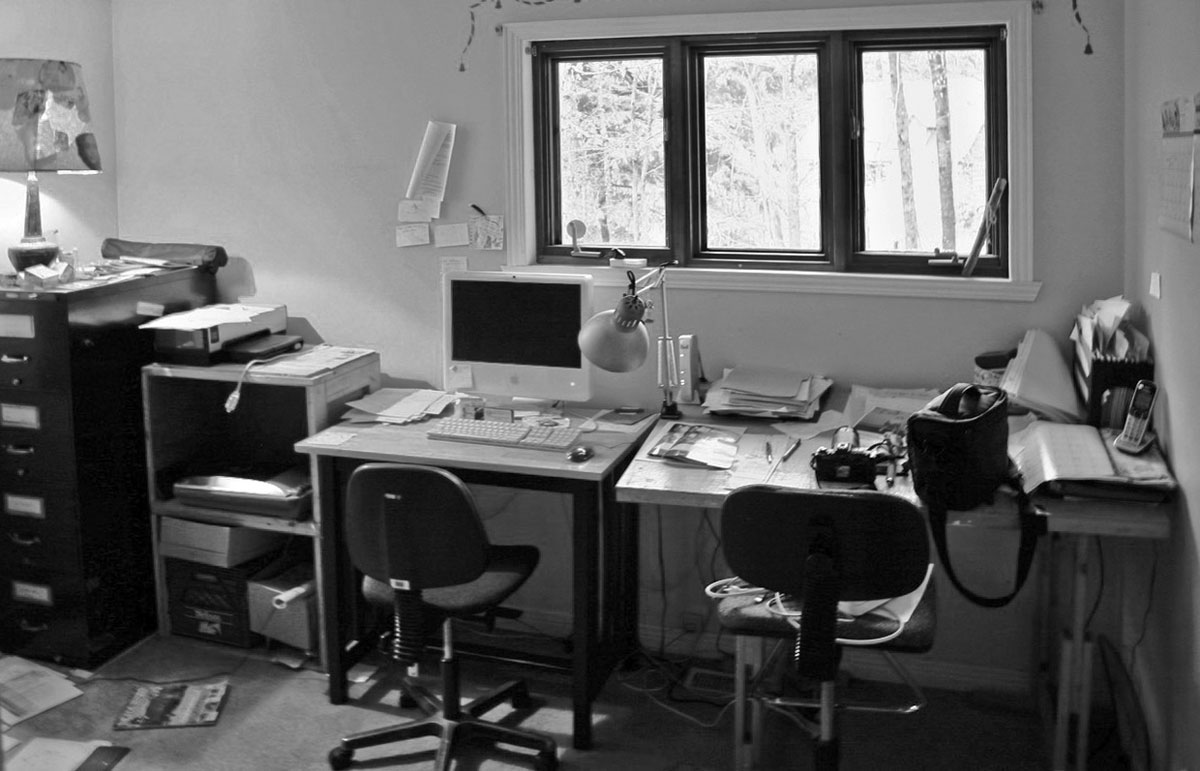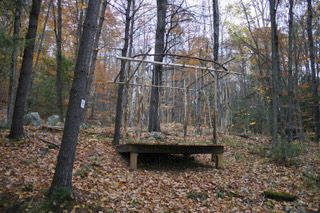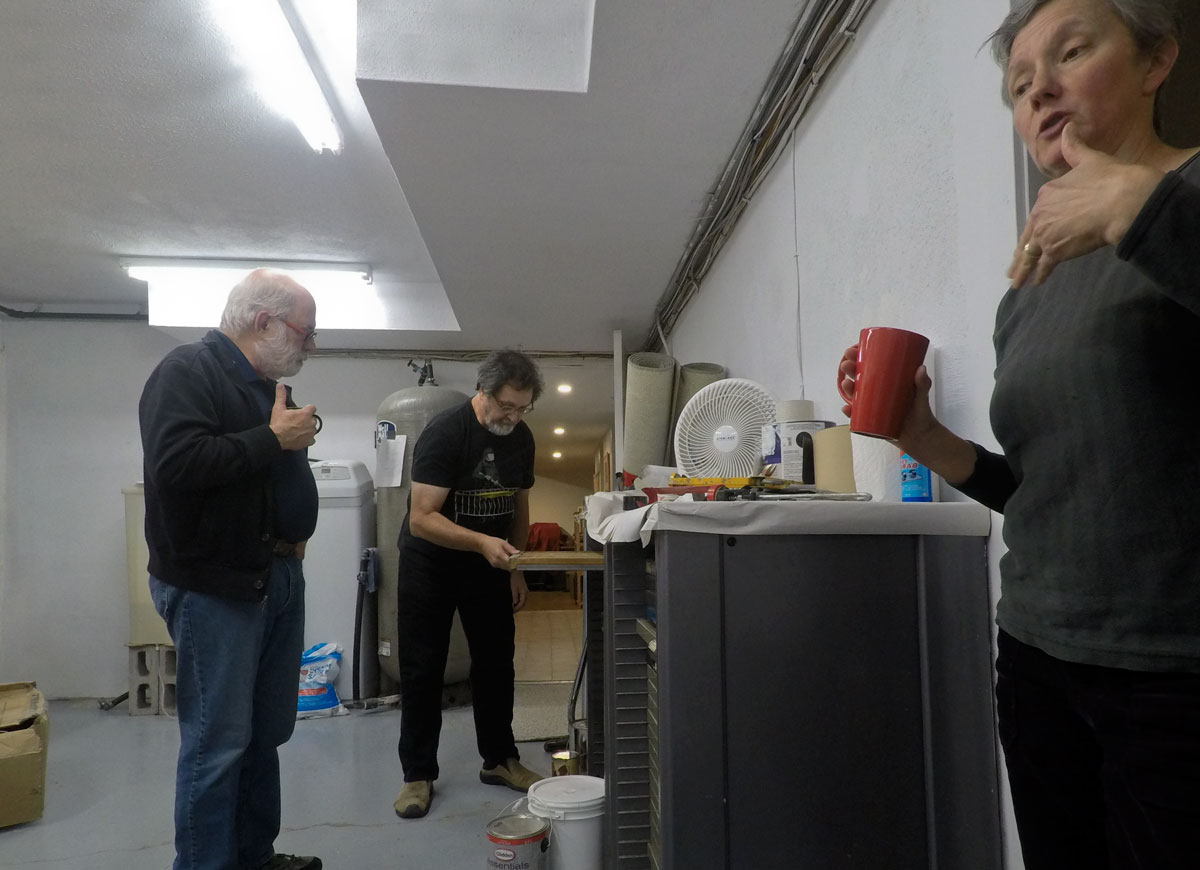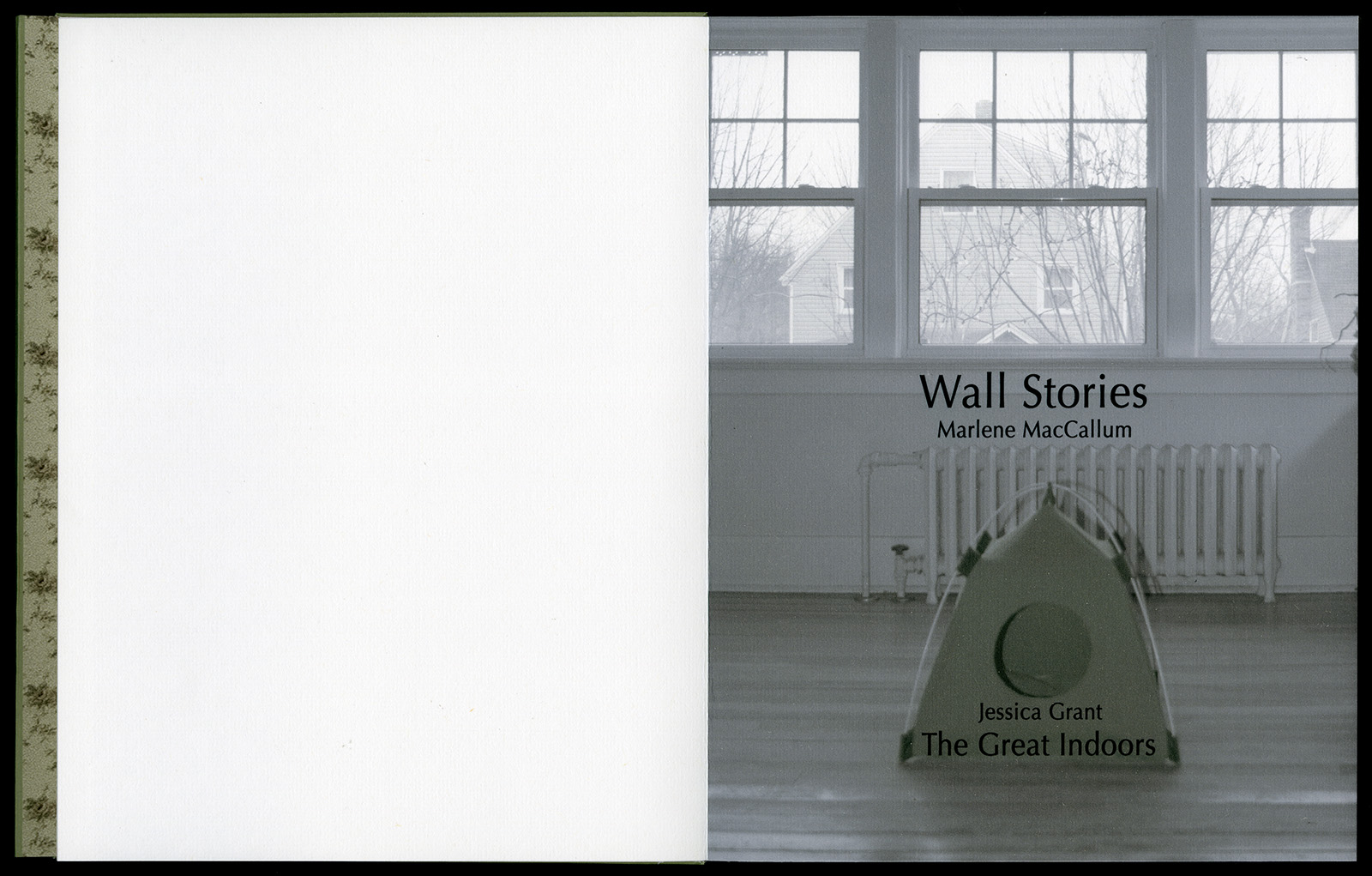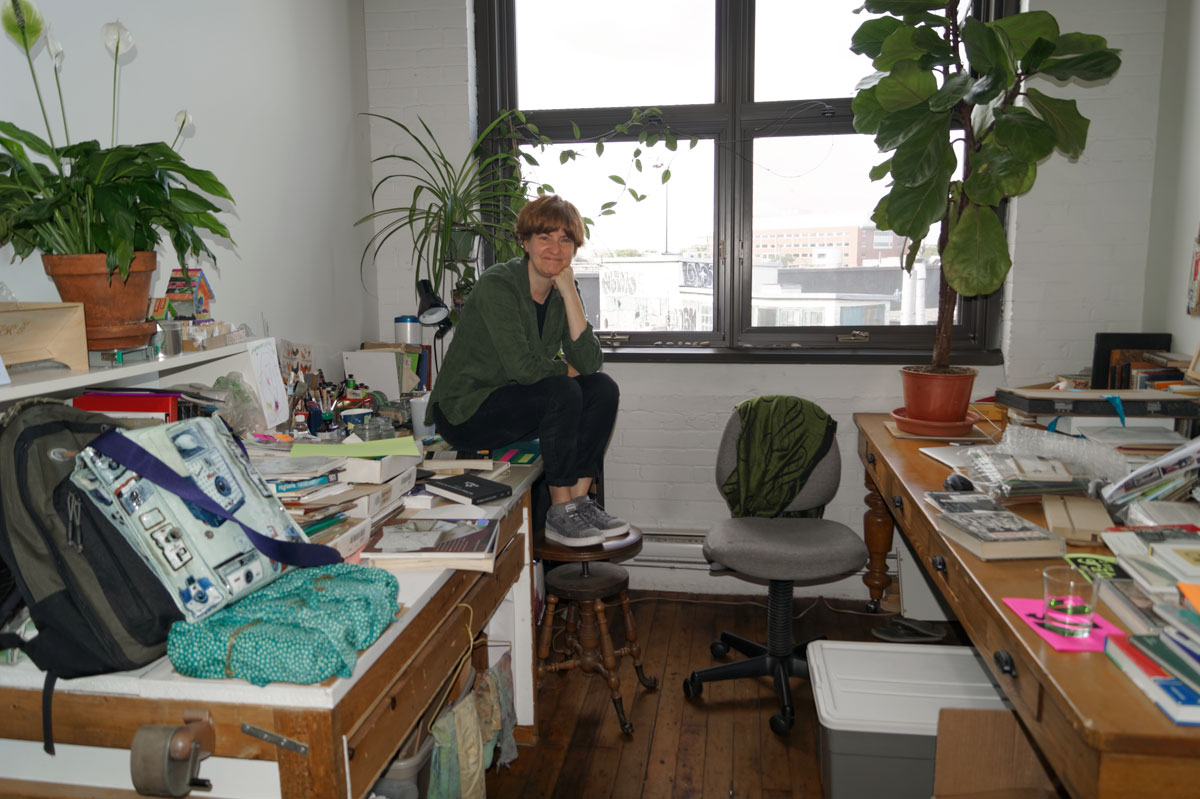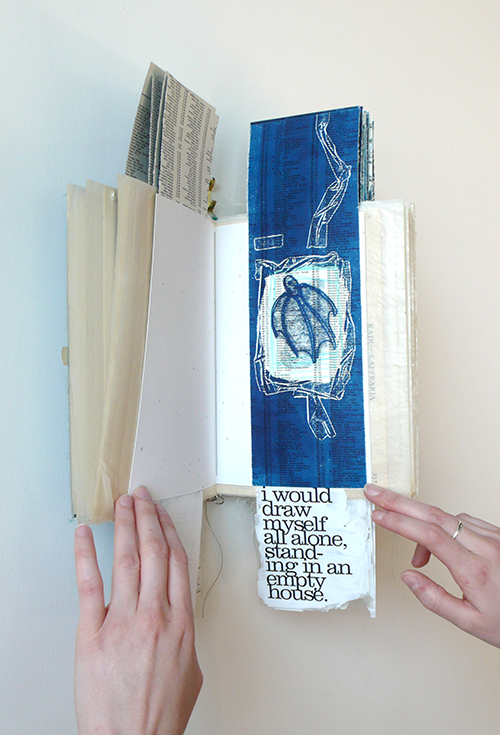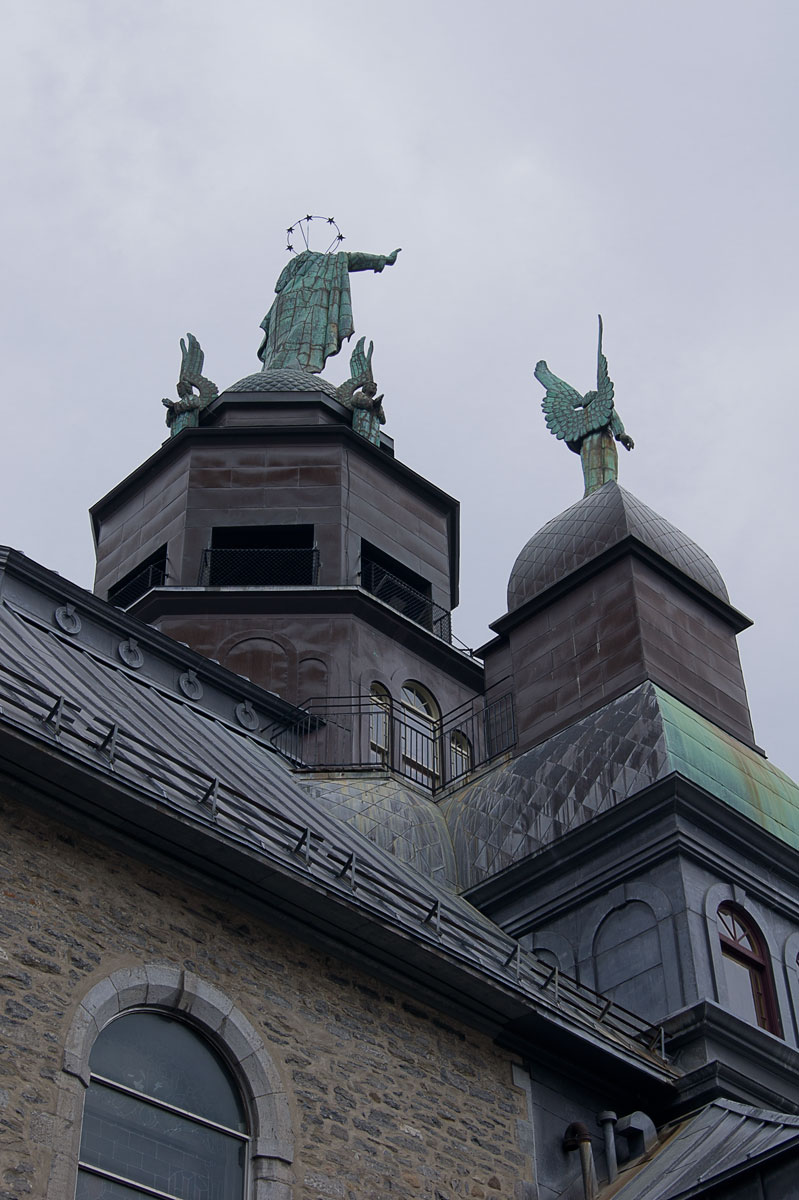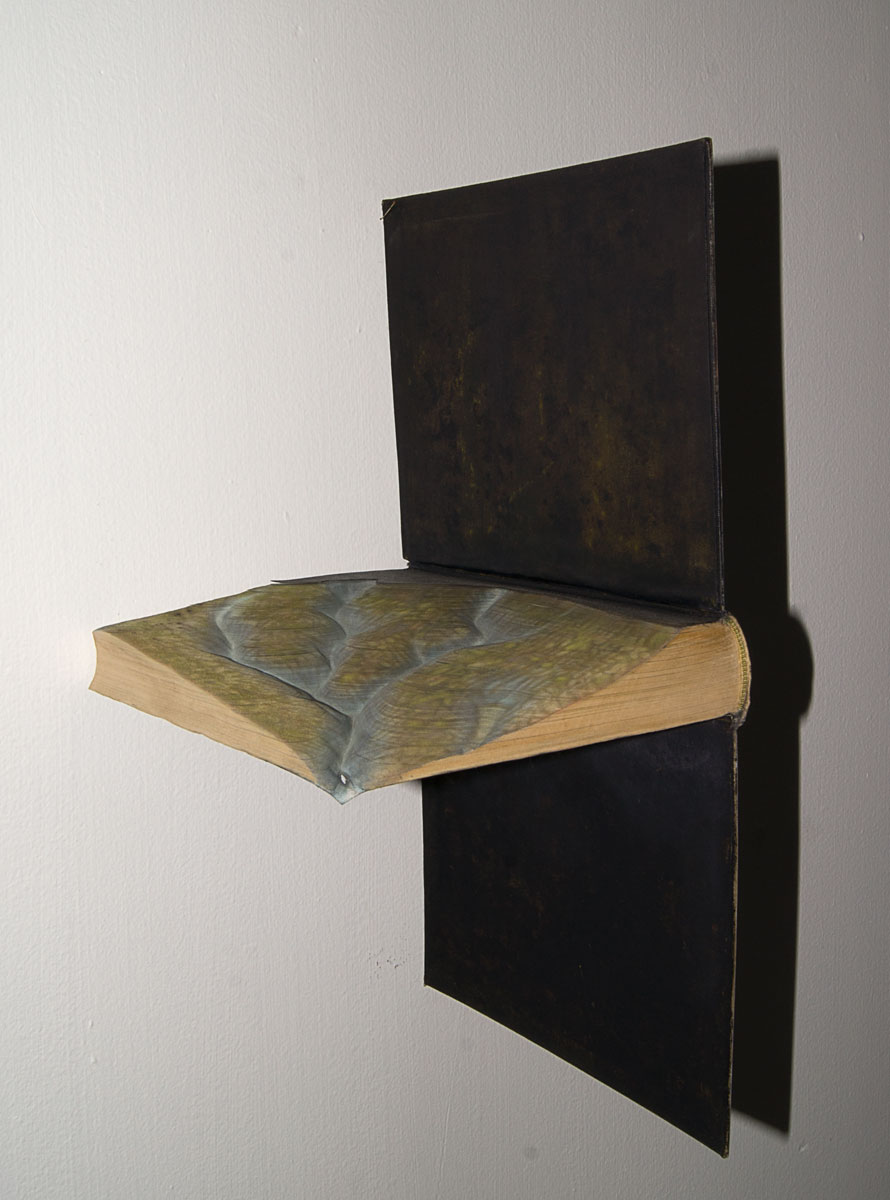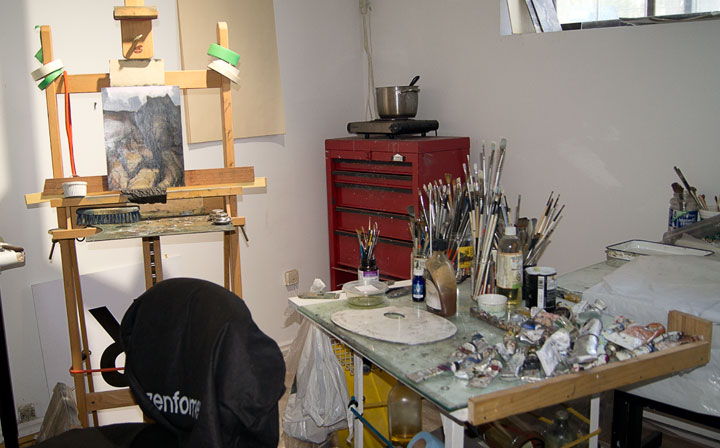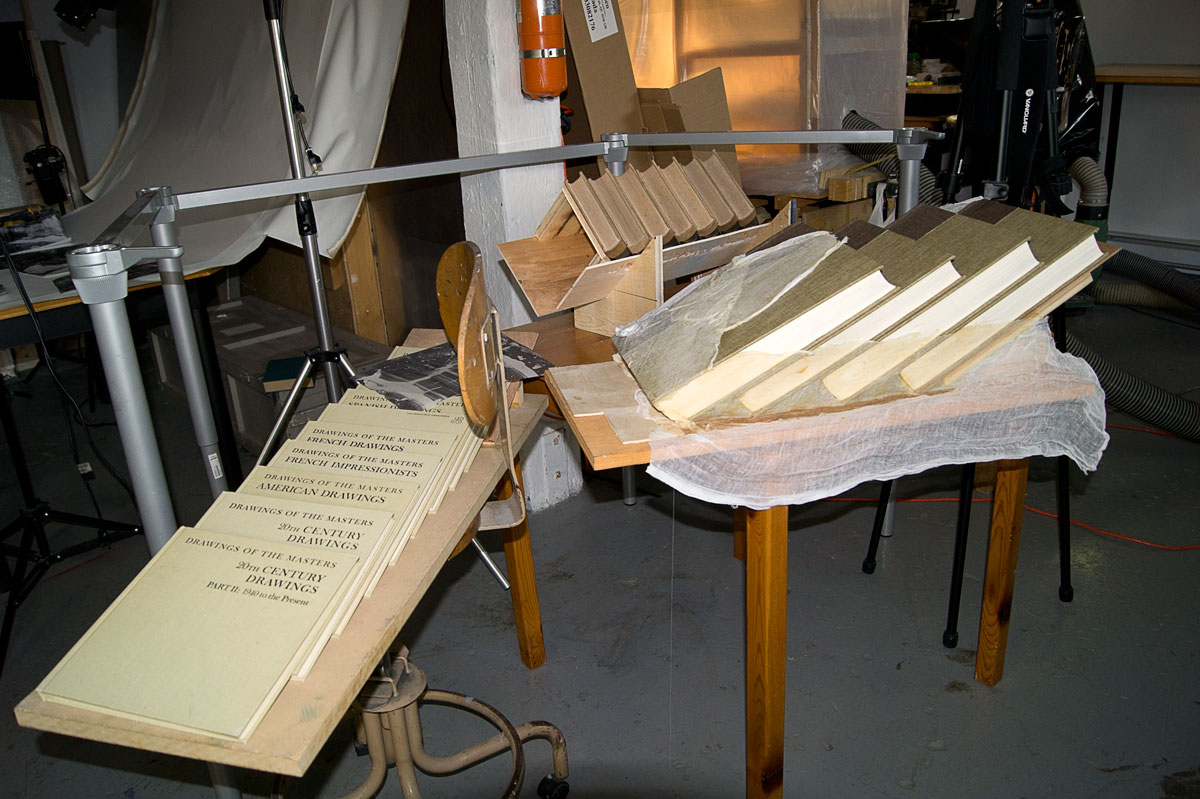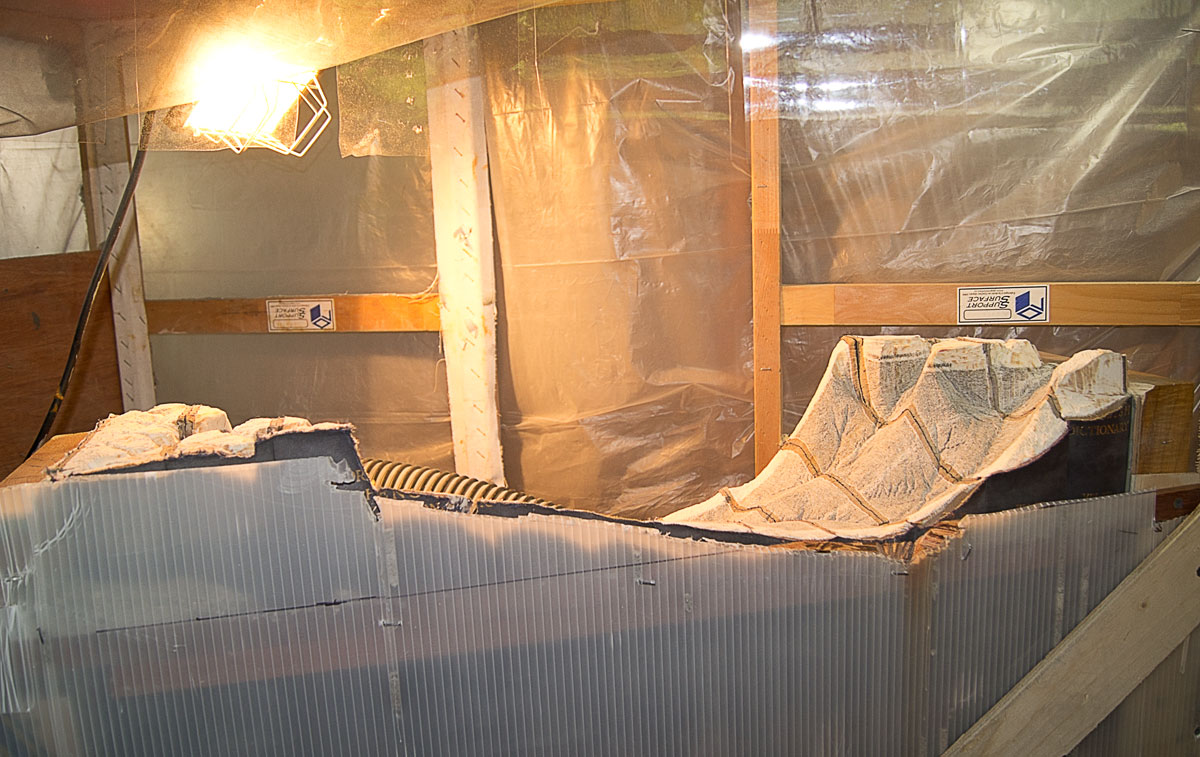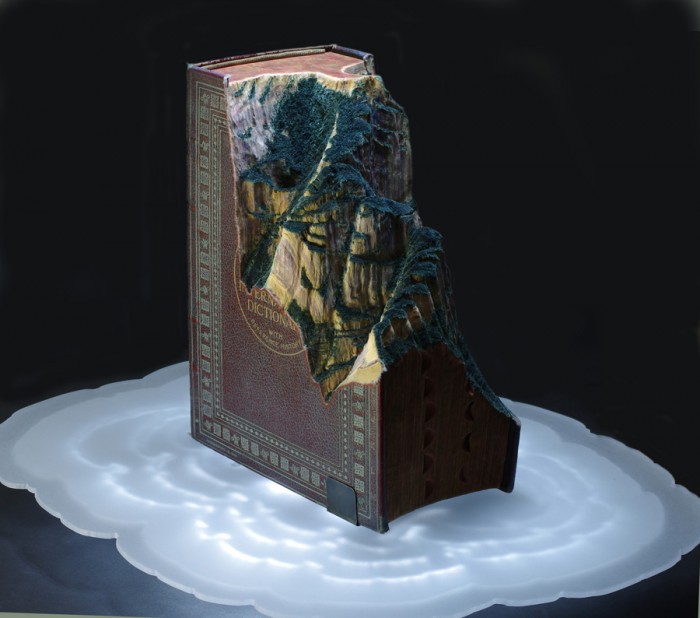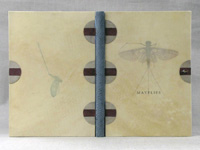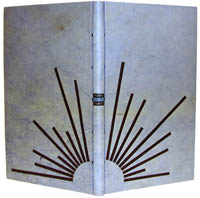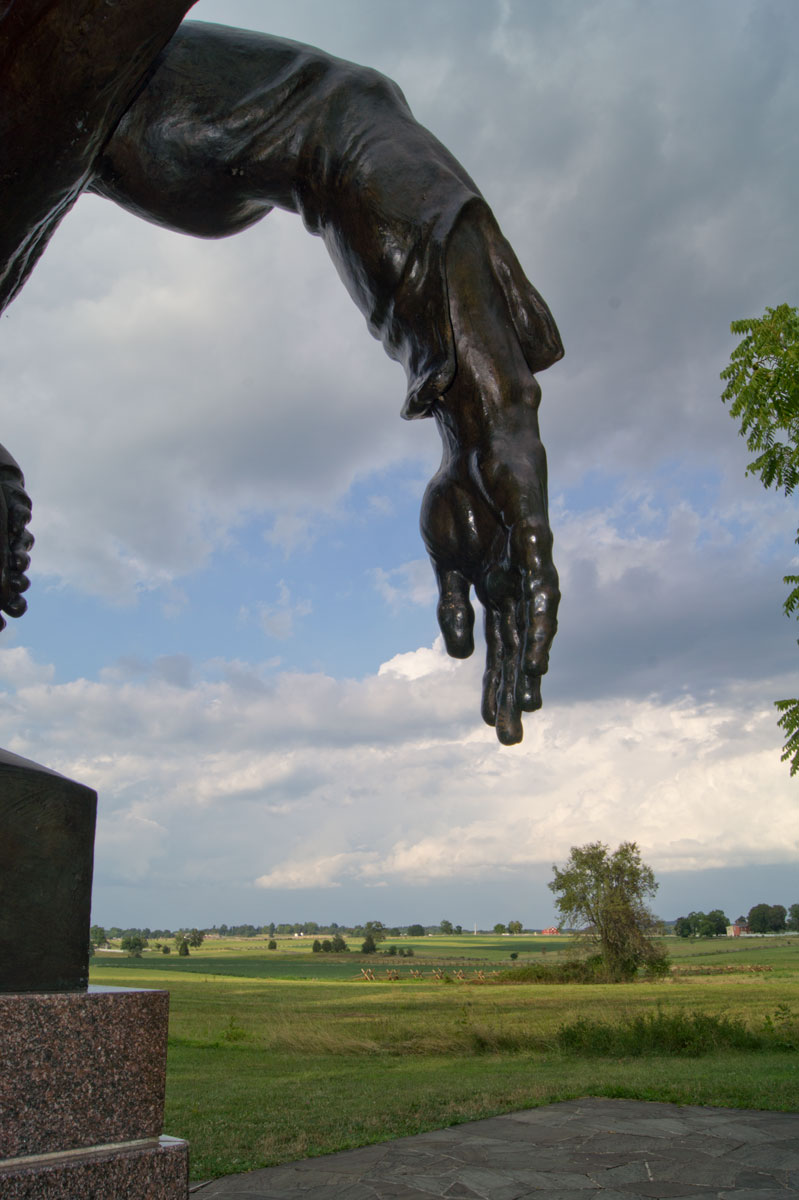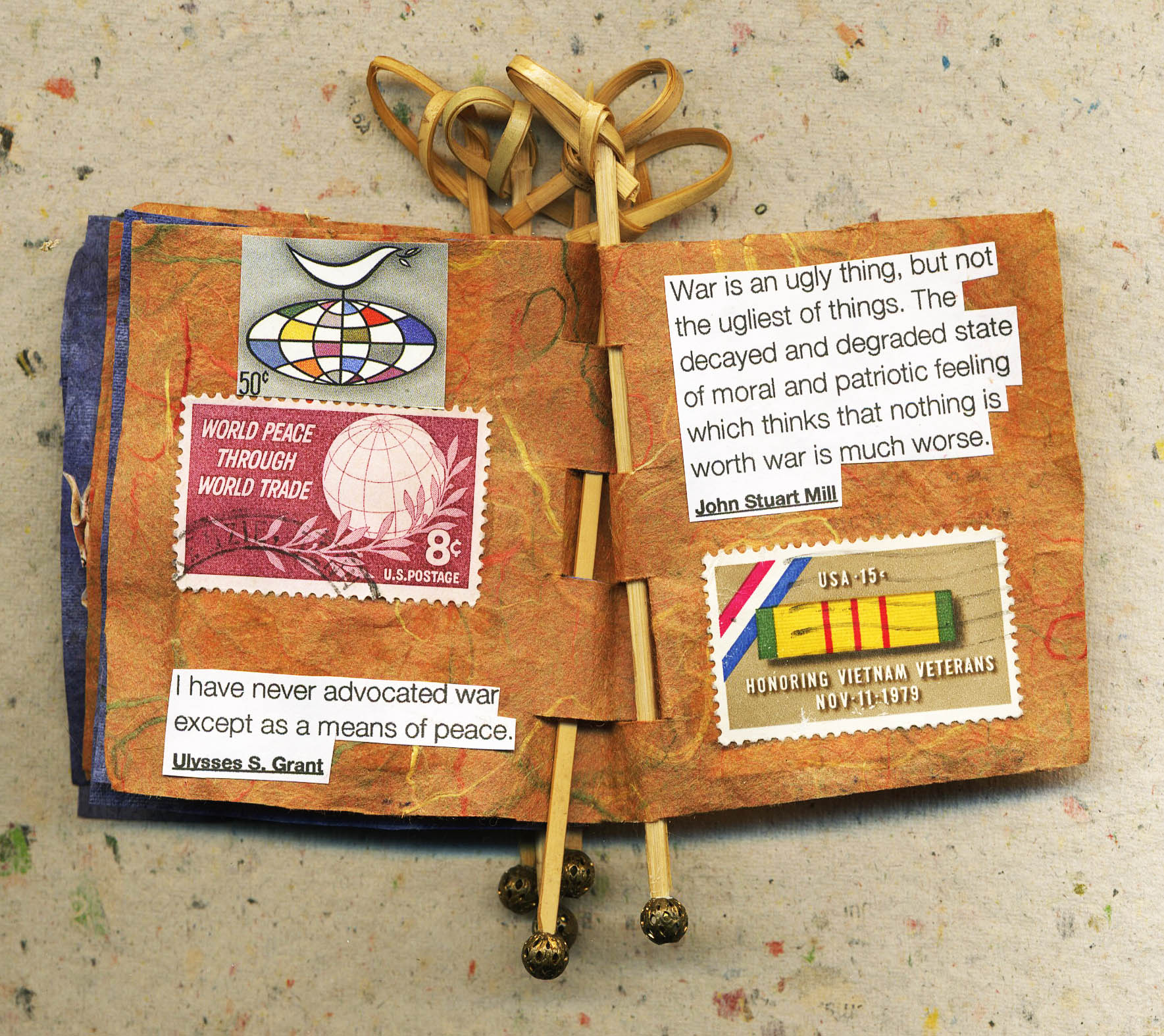As I traveled across the border, a dear friend I visited back home caught up with me by email. After our visit, Marc Walter traveled to Germany for his own work and our emails did not meet till now.
Traveling on chemin Carouges in Val-Des-Monts, Québec, getting closer to Marc's cottagechemin Carouges in Val-Des-Monts, Québec, getting closer to Marc's cottage
Marc’s work evolves around the passing of time and the way humans relate to it. With this in mind, I felt, I should feature his work even though out of sequence.
Originally from Paris, France, living for the last twenty four years in the Outaouais in Canada, Marc is an artist who reoriented his practice to environmental art in 2004. The recurrent themes found in Marc’s site-specific work in many forms and materials are evolutions, passages, departures, and memories.
© 2017 Marc Walter
Prolific in his field, he won the Grand prix d’excellence de la Fondation pour les arts, les lettres et la culture en Outaouais in 2007. Marc has taken part in over 80 solo and group exhibitions both in galleries and in the context of outdoor nature art events.
© 2017 Marc Walter, Animaleries, Weaselling France
© 2016 Marc Walter, À Voix Basse / Under Your Breath, Ottawa, Ontario
© 2015 Marc Walter, Embarking, Nanaimo, BC
Marc is intrigued by how the creation of a piece or space will alter a visitor's perception and bring an emotional response. Even for a short time, visitors become dwellers, reflecting upon the site, its history, and their own path.
© 2017 Marc Walter
Marc prepares proposals, administers his business, manages his photos, exchanges emails, and other communications in this space. His real studio is in the outside world where he creates a different piece depending on the land.
Le véritable atelier, c’est là où je crée, à chaque fois différent !
Artistic walls inspired by the walls of the original Dubois Farm (now Creative Wheel), in Val-Des-Monts.
© 2017 Marc Walter, an artistic wall drawing submerged lines with half-buried rocks
© 2017 Marc Walter, another way of building walls, this time lighter and in narrow link with the perception of the surroundings
© 2017 Marc Walter, a platform higher in the mountain with a structure from rock sticks of beaver
Marc explains his project and his vision of “art du paysage” or Land Art. With materials pulled by nature and passersby, Marc creates human forms which arouse the curiosity of tourists and “carcassonnais”.
J'expose mon projet et ma vision du 'Land Art' ou art du paysage. Avec de la matière tirée de la nature et l'aide de bénévoles de passage, je crée des formes humaines qui suscitent la curiosité des touristes ou des carcassonnais.
Produced by Danaka Wheeler, filmed by Marc-André Cossette and Lyndsay Armstrong, edited by Brea Elford from the Carleton University School of Journalism and Communication.
Marc's world brings you into another dimension!


